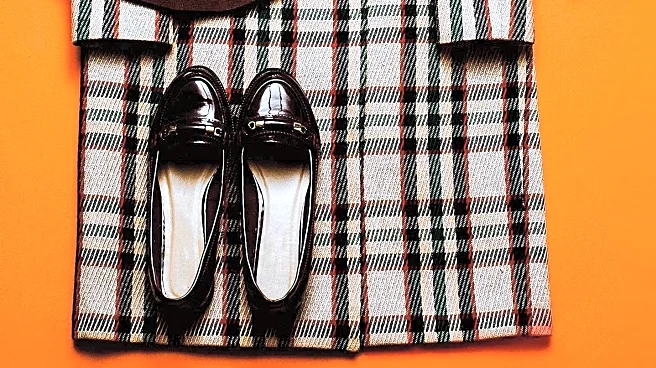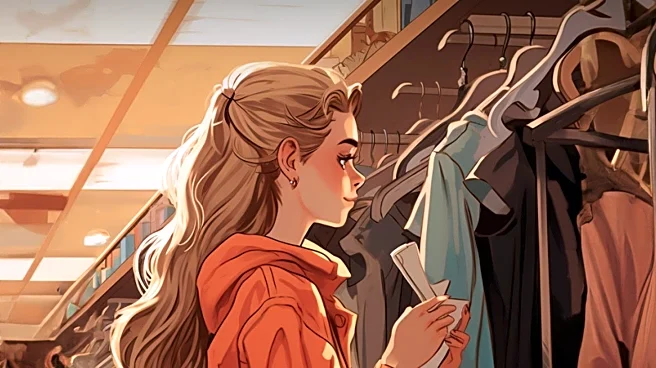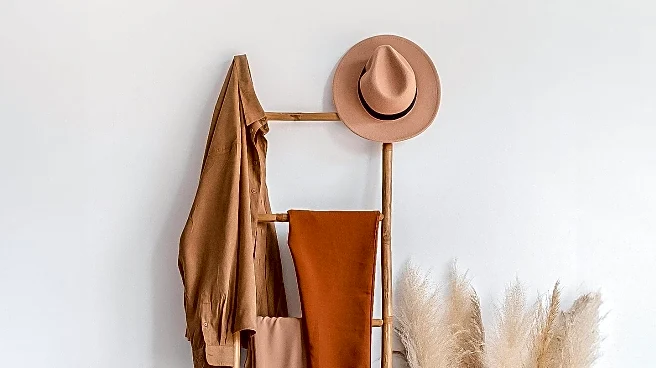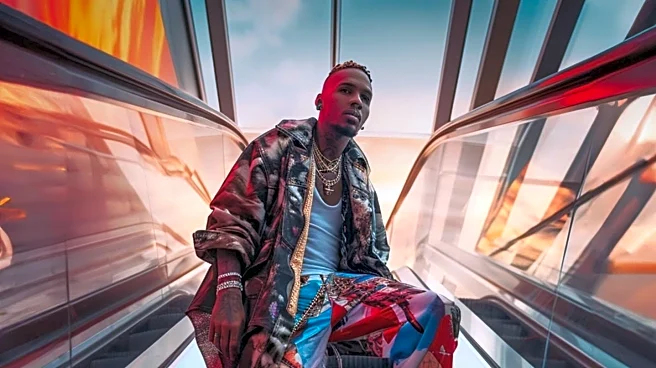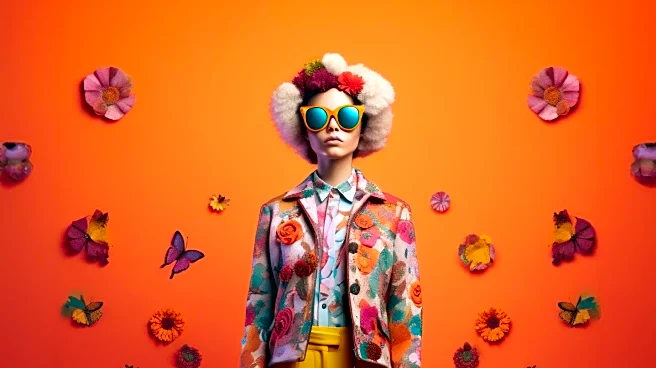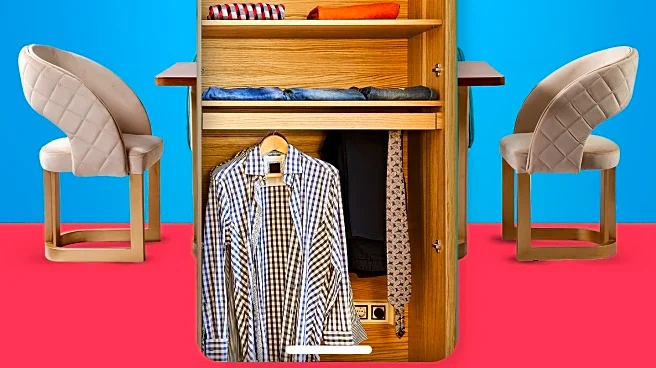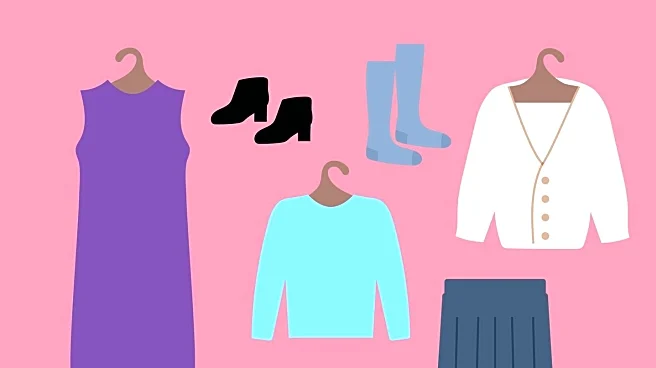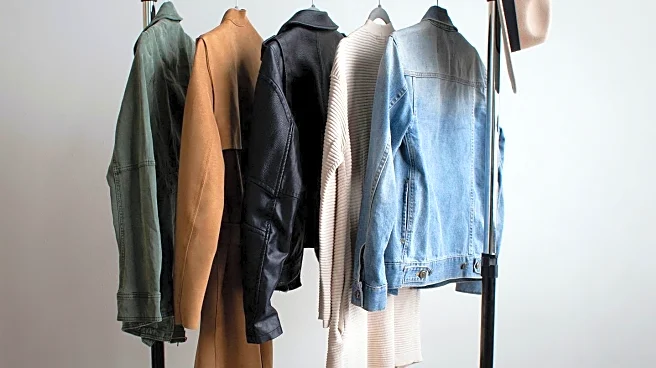What's Happening?
The fashion industry is shifting towards DIY and vintage trends, as seen in the spring 2026 collections. Designers are focusing on elevating everyday items and referencing past styles, encouraging consumers
to personalize their wardrobes. The trend involves sourcing unique pieces from archives and experimenting with DIY fashion hacks. This approach allows individuals to create distinctive looks without relying solely on high-ticket designer items. The movement is gaining traction as consumers seek originality and sustainability in their fashion choices.
Why It's Important?
The embrace of DIY and vintage trends reflects a broader shift towards sustainable fashion practices. Consumers are increasingly valuing individuality and environmental consciousness, driving demand for unique and repurposed items. This trend challenges traditional fashion models, encouraging brands to innovate and adapt to changing consumer preferences. It also highlights the importance of creativity and resourcefulness in personal style, potentially influencing future fashion industry standards and practices.
What's Next?
Fashion brands may continue to explore collaborations with vintage and second-hand retailers to meet consumer demand for unique pieces. The industry might see an increase in DIY workshops and online platforms offering styling advice and customization options. As consumers prioritize sustainability, brands could focus on ethical sourcing and production methods. The trend may also lead to a resurgence of retro styles and designs, influencing future collections and fashion narratives.
Beyond the Headlines
The DIY and vintage trend raises questions about the fashion industry's role in promoting sustainability and ethical consumption. It challenges the fast fashion model, encouraging consumers to invest in quality and longevity. The movement may also impact cultural perceptions of fashion, emphasizing creativity and personal expression over brand loyalty. Long-term, this trend could redefine industry standards, promoting a more inclusive and diverse fashion landscape.
